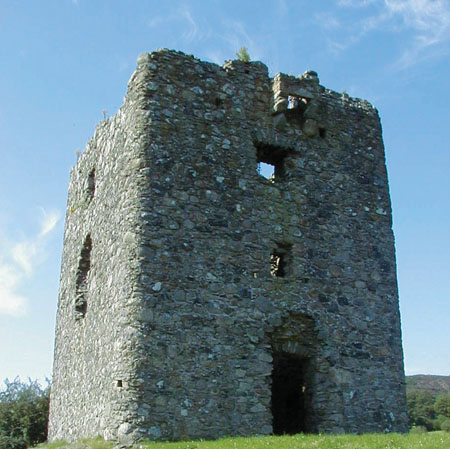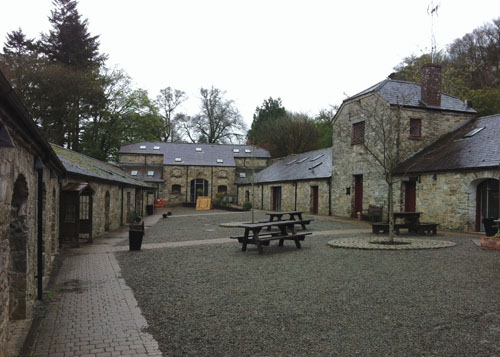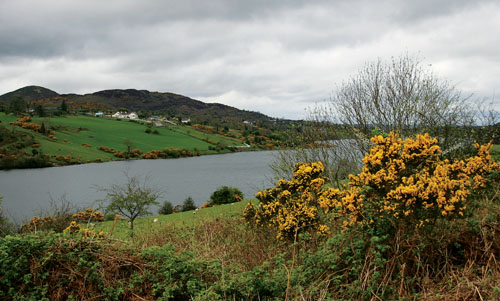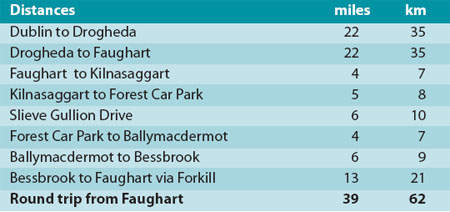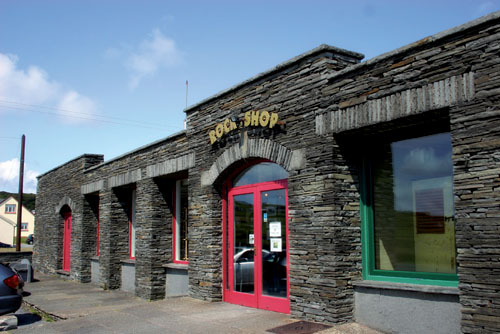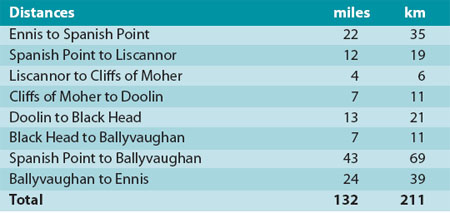It may be hard to move to Ireland but it’s also hard to live in the US right now. Here’s how you can get a visa and make the dream Emerald Isle move.
We recently heard from an Irish playwright currently living in the US Lisa Tierney-Keogh as she explained how she was leaving New York to return to Ireland because America is lacking in compassion. She is far from alone with even the likes of Irish actor Pierce Brosnan claiming that the US and its recent political climate may yet drive him back home.
Irish actor @PierceBrosnan reckons #TomHardy would make a great #JamesBond. While the Navan-born star also says he's so sick of @realDonaldTrump that he'd consider moving back to Ireland. Read full report here...https://t.co/IROIV0UElu
— Hot Press (@hotpress) June 25, 2018
omg. Why didn't I move to Ireland or the UK in 1974 like I wanted to? 😞
— RA (@rosieogrady53) June 22, 2018
USGS scientists now censored by trump. @eileendefreesthttps://t.co/TVpTylK0jL
I'm asking for amnesty to move to Ireland; when they ask me why I'm seeking asylum, I'll say, "Donald Trump."
— Jenifer Jones (@jenynlndn) June 22, 2018
Read more: Pierce Brosnan considers leaving US over Donald Trump’s politics
On the other hand, the more liberal among us have been praising the progress made by Ireland as it repeals the constitutional ban on abortion just three years after it also became the first country in the work to legalize same-sex marriage by a popular vote.
I SO want to move to Ireland. It’s SO bad here Trump is destroying our Great Country. He is NOT making America great. He is destroying it!
— Chris Bibler (@italiaheart) June 28, 2018
How did Ireland, a Catholic country, actually start to move forward while the US, a secular country, is going backwards ...?!?
— Jennifer (@ladyjennylind) June 28, 2018
As a result, many of you out there may be wondering if it’s really possible to make the move. We have all the answers you need if you plan on moving to Ireland because America is falling apart.
Read more: How hard is it really to move to Ireland as an American?
How to acquire an Irish visa:

As an American citizen, this is possibly the most difficult and uncertain part of the whole moving to Ireland process, but checking with your nearest Irish embassy is a good place to start.
The Irish Naturalisation and Immigration Service (INIS) was established in 2005 in order to provide a ‘one-stop-shop’ in relation to asylum, immigration, citizenship and visas. You can explore the options personally available to you here.
And a few FAQ here.
US citizens can travel to Ireland without a visa for three months but any plan to stay longer than that and you have three main options: go to Ireland to work, to study, or to retire.
The D-visa is a single-entry long-term visa allowing you to travel to Ireland to pursue a course of study, to work or to settle permanently in Ireland with family members who are already residents. (More information can be found here.)
1. One option is to enroll in a course of study but if you plan on staying in Ireland long-term, unfortunately, years spent in the country as a student are not counted as years of residence when applying for citizenship.
2. To be completely honest, if looking for a work visa, it is difficult and there are many reasons why you may not be able to acquire a permit.
You’ll need to have a job lined up before applying for the visa and convincing a company to hire you instead of an EU citizen may be hard. If you do manage to find a job, the chances of you getting a work visa are higher if you earn more. If you earn less than €30,000, for example, it becomes much more difficult.
You can check out the two largest Irish job sites to see what’s available at irishjobs.ie and fas.ie.
3. The third option is retirement and this also demands a lot of cash.
Although one-third of Irish Americans would like to retire in Ireland, rules implemented in 2015 make it increasingly difficult.
The rule requires that retirees have an annual income of no less than $55,138 (€50,000) per person,($110,276/€100,000 for a married couple) for the remainder of their lives in Ireland, regardless of their existing cash on hand or lack of debt.
If you chose to move to a county within Northern Ireland, all this process will be different as you will need to apply for a visa to the UK and submit your application to the UK home office. You can start your application for settling in the UK (Northern Ireland) indefinitely here.
There is also a range of work or study visas available on the Home Office website.
How to apply for Irish citizenship if you can:

It never hurts to try and you may be surprised to learn you qualify. The US also allows dual citizenship with Ireland so no need to give up being an American in case you ever wish to return.
You can find more info here.
If applying for citizenship in the UK, dual citizenship is also allowed. You can find more information on UK citizenship here.
Where are you going to live in Ireland?

House prices, not just in Dublin, but across the country and moving steadily upwards again, although certain quieter counties and towns will of course still offer cheaper accommodation.
While it’s a good idea to have visited the village, town, or city you wish to move to at least once before you move, to get a feel for the neighborhood and attempt to line up accommodation, temporary accommodation is an option. A downside would be, of course, how difficult this could be to coordinate if you plan on bringing most of your US possessions with you. (Do you want to move twice within a short space of time?)
To save yourself money on expensive hostels, hotels, short-term leases and to avoid the sense of floundering on arrival (as a person who moved to the US with no home, no job lined up, and limited post-college savings), we’d advise that you know where you’ll be living before you make the move which may mean a few trips beforehand to secure a home. It doesn’t always happen but with websites such as Daft.ie and the Real Estate Alliance offering advice on buying property in Ireland, you can at least research well before taking the plunge.
Should I bring everything with me from America?

It will depend on where you’re living, and how long you think your savings are going to last/how long you can survive without something in Ireland.
For some recommendations, you can check out this interesting piece previously published on IrishCentral - Things we wish we’d bought when we moved to Ireland (and what we should’ve left behind).
One of the most important things to talk about it also how you'll bring your pets with you! You can read our guide to that here.
How much will this all cost me?

Again this depends on each case and depends on whether you have a job lined up or not. You will need a large chunk of savings to keep you going without a job. We’d advise taking the cost of your accommodation into consideration and always planning for the worst.
Ireland is also quite an expensive place to live. Many of my friends in Dublin are paying a lot more rent than I am paying in Brooklyn and even my student siblings are all on a par with me in terms of rent.
If you move all of your possessions from the US, you will have to pay to ship them, but if you leave them behind, you’ll need to judge how long you can last without them for in Ireland.
One other big cost to take into consideration is the possibility that you may also need to buy a car, depending on the area in which you chose to live.
Or maybe stay and fight the good fight!

If 90-year-old Ethel Kennedy can go without food to make her voice heard, we can all certainly get involved in some way. It may be tempting to just flee and cut your losses in America but what will happen if we all desert? What about those people who can’t make the move? What will happen to them if we don’t stay and protest?
We’ve put together a list here of the various things you can do to combat Trump’s immigration policies by staying in the US and ensuring immigrant families stay safe.
Are you ready to leave the US? Let us know what you think in the comments section, below.









































